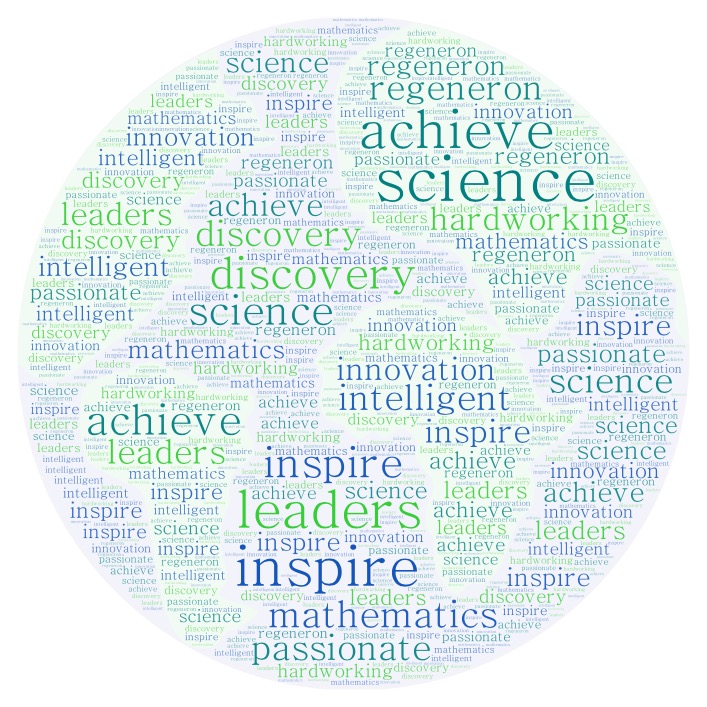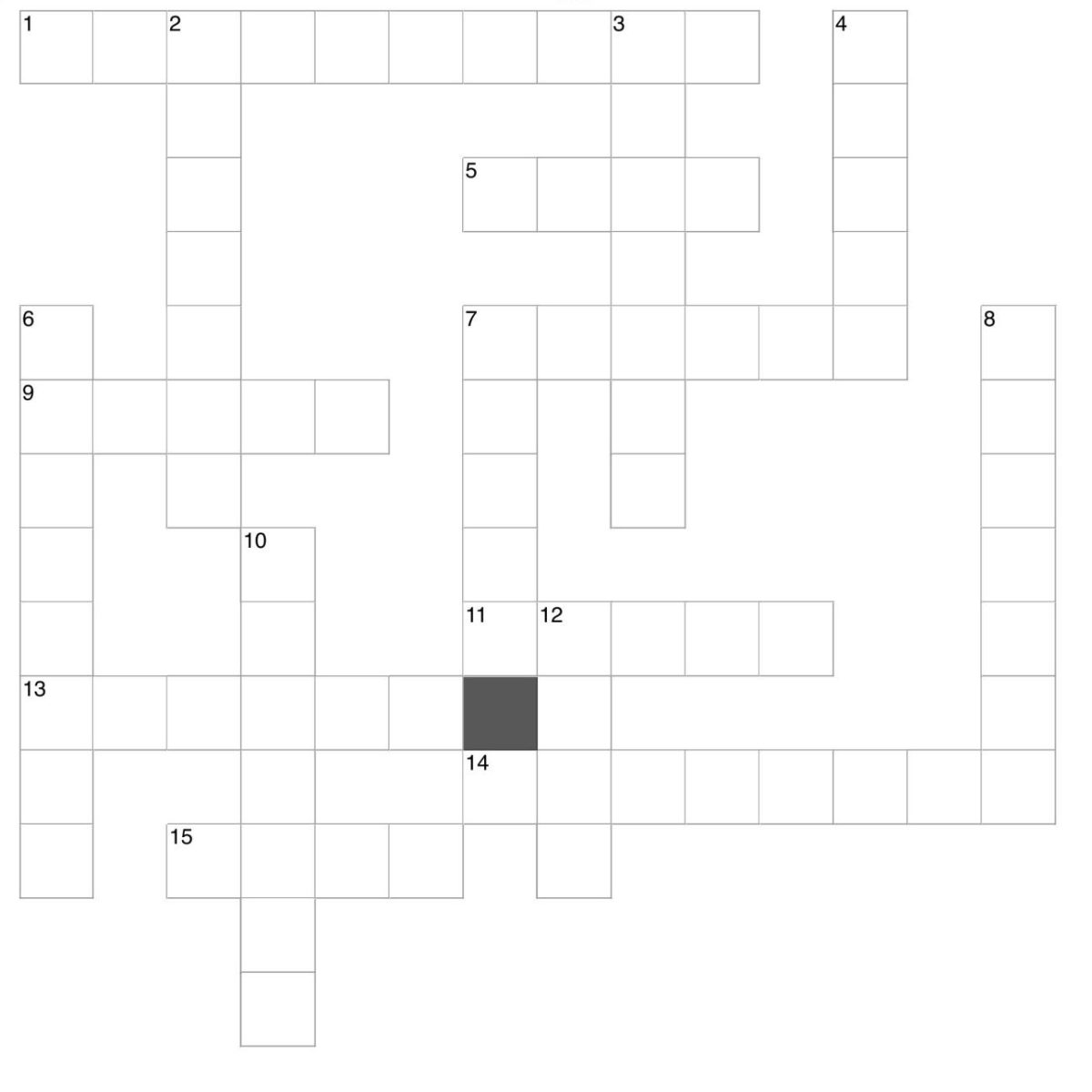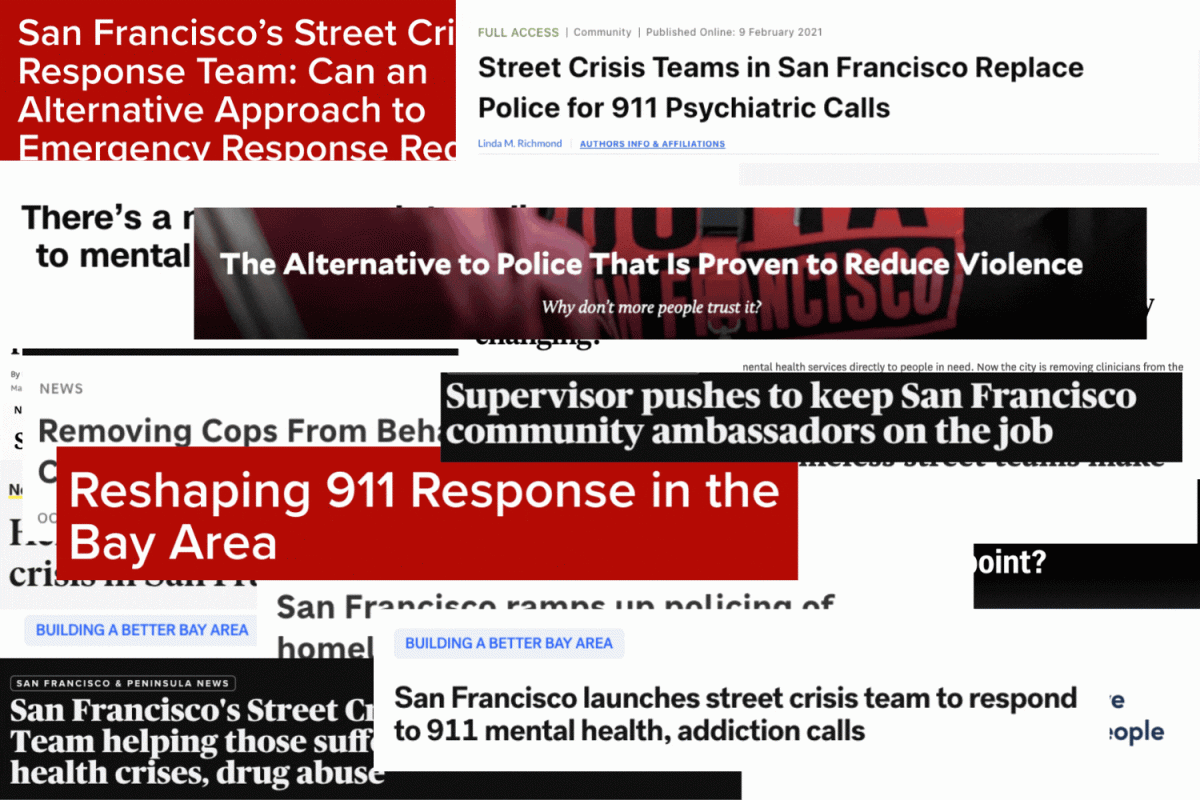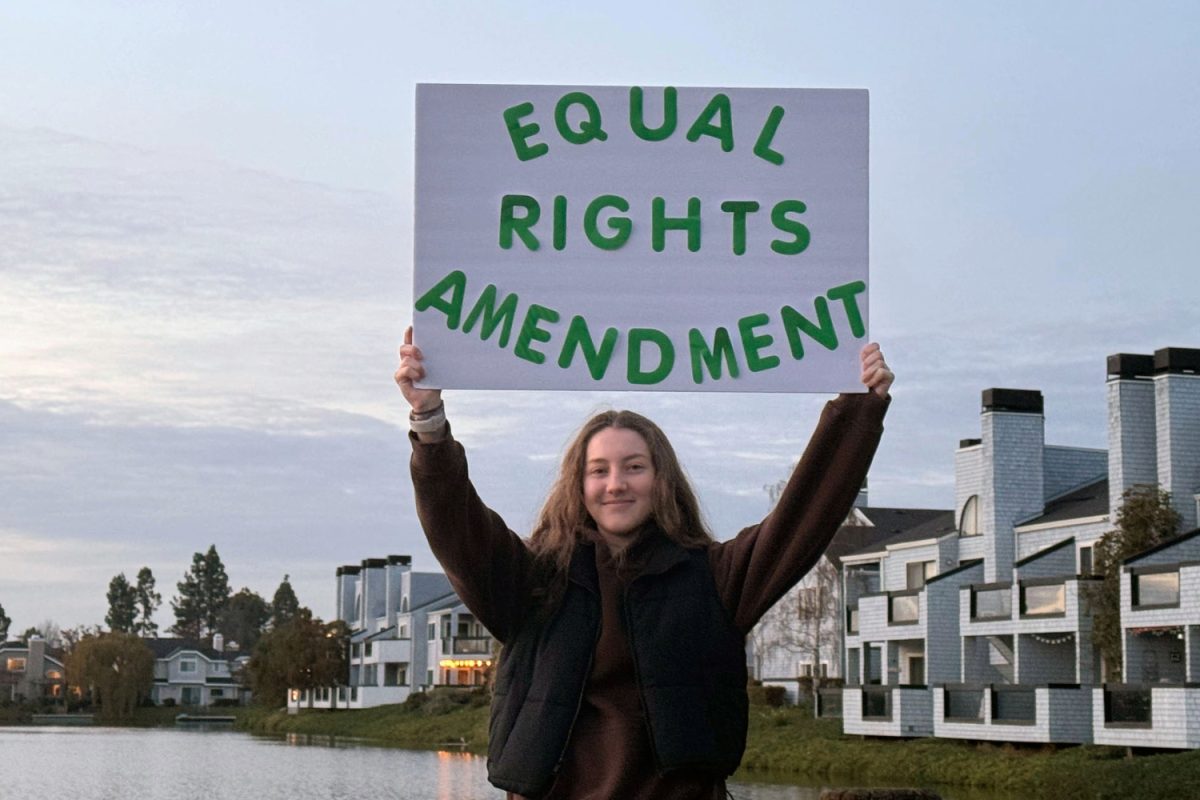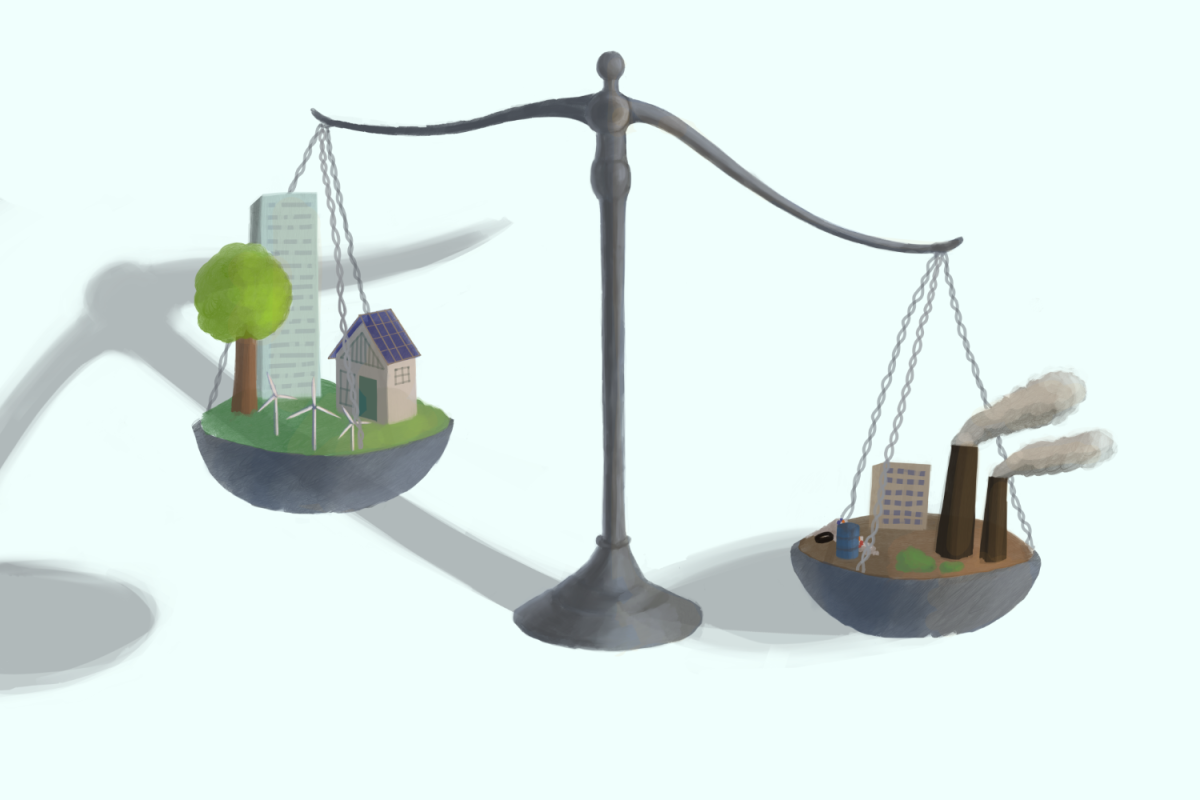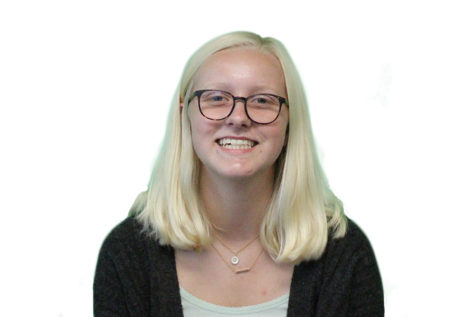Recently, Selena Sun, a senior at Carlmont High School, was honored as a semifinalist in Regeneron’s 2020 Science Talent Search (STS). As a result, the program awarded Carlmont’s science department $2,000.
Sun achieved all this through her dedication to the creation and testing of a device that would help rehabilitate patients in sub-Saharan Africa.
According to the World Health Organization, strokes are one of the most burdensome diseases. The rate of acquired brain injuries (AQI) due to strokes has been on the rise, especially in regions of sub-Saharan Africa, in the past 20 years.
This is, in part, due to the “lack of infrastructure, shortage of healthcare providers, and patients’ financial restraints,” which make rehabilitation nearly impossible to achieve, according to Sun.
Sun’s interest in the problem peaked when she found out that a friend of hers was still experiencing pain from an ischemic stroke he had five years before.
“I was shocked at the lengthiness of his recovery, and curious too. Why was recovery so slow? Was his slow recovery rate unique or pretty common?” Sun said.
So, motivated by a desire to help a friend as well as her love of robotics, she reached out to San Franciso State University professor Charmayne Hughes in January of 2019 and began her work.
Sun’s project focused on the development of a low-cost inertial measurement unit (IMU), a device that would be able to asses upper limb kinematics of brain-injury patients.
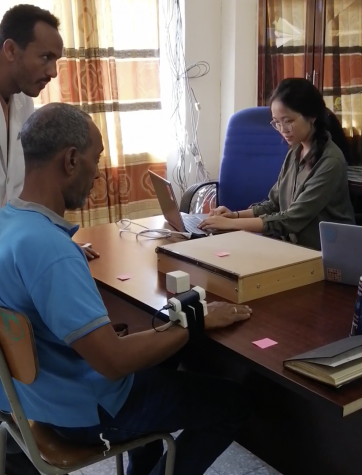
In Ethiopia, Selena Sun tests the OutREACH sensor on patients. The sensor is worn around one’s wrist and provides an accurate assessment of the patient’s upper-limb movement.
She would call it the OutREACH Sensor.
In August of 2019, her vision came to life, and she was able to test her device on patients in Ethiopia. Leading up to the big trip, Sun spent anywhere from 10 to 15 hours each week in the lab preparing.
“From late February to June, I wrote the sensor data processing scripts, helped out with various lab studies, and began creating educational health materials,” Sun said. “I designed the experimental procedure, wrote patient-physician interview questions, led undergraduates to create health infographics using Photoshop, and created a Messenger chatbot to facilitate patient-physician communication of survey data.”
The trip was a success, but Sun wasn’t finished. Her dedication to the project would continue on, and now, instead of just being a student with an idea, Sun will be the co-founder of T’ena Technologies.
“Our sensor is patent pending and we’re preparing to pitch to investors in a few weeks. We’re currently iterating on the sensor design and conducting more user testing. We’re hoping to bring it to market it by next January,” Sun said.
Clearly, the Regeneron STS has led to extreme academic success among students. Since its establishment in 1942, it has become the most distinguished competition within the science and mathematics pathway in the United States.
Typically, just under 2,000 17 and 18-year old students from around the nation enter the competition each year. From that group, only about 300 are chosen as semifinalists and labeled as “scholars“ by Regeneron.
Each and every one of the scholars conducted a project to assess real-world problems.
According to Regeneron, “scholars are chosen based on their exceptional research skills, commitment to academics, innovative thinking, and promise as scientists.”
Not only does the project benefit the students involved, but it can also support their superiors. As such, many teachers have expressed their feelings of gratitude and pride towards Sun for her contribution to their department and participation in such an inspiring and important project.
“I know how hard students work, and it makes me feel proud to be part of a school and part of a department that is able to support students in such a way that they can participate in such a range of activities,” teacher Camille Erskine said. “Students have so many different passions and interests and knowing that they can get the support that they need from their school community to help them achieve their goals is exactly why so many teachers become educators in the first place.”
Now that Carlmont has received the $2,000, they must figure out how and where to use it. Sun has her own plans as to what the school will be able to achieve with the money she earned.
“I hope I can work with the science department and the new AP Capstone pathway to inspire Carlmont kids to explore STEM and possibly pursue research. It’s been an incredibly fulfilling experience for me and I hope I can inspire others to find this same fulfillment through independent projects and research,” Sun said.
She also emphasized the importance of pursuing one’s passions, regardless of the field of study.
“I never thought of myself as a science person, yet I was able to conduct research in Ethiopia, publish two papers, and win in an international science talent search. And you can too. It really doesn’t matter what your past activities have been. If you find something interesting, don’t be afraid to dig deeper and pursue it,” Sun said. “Approach challenges with curiosity and humility, and you’ll go far.”

